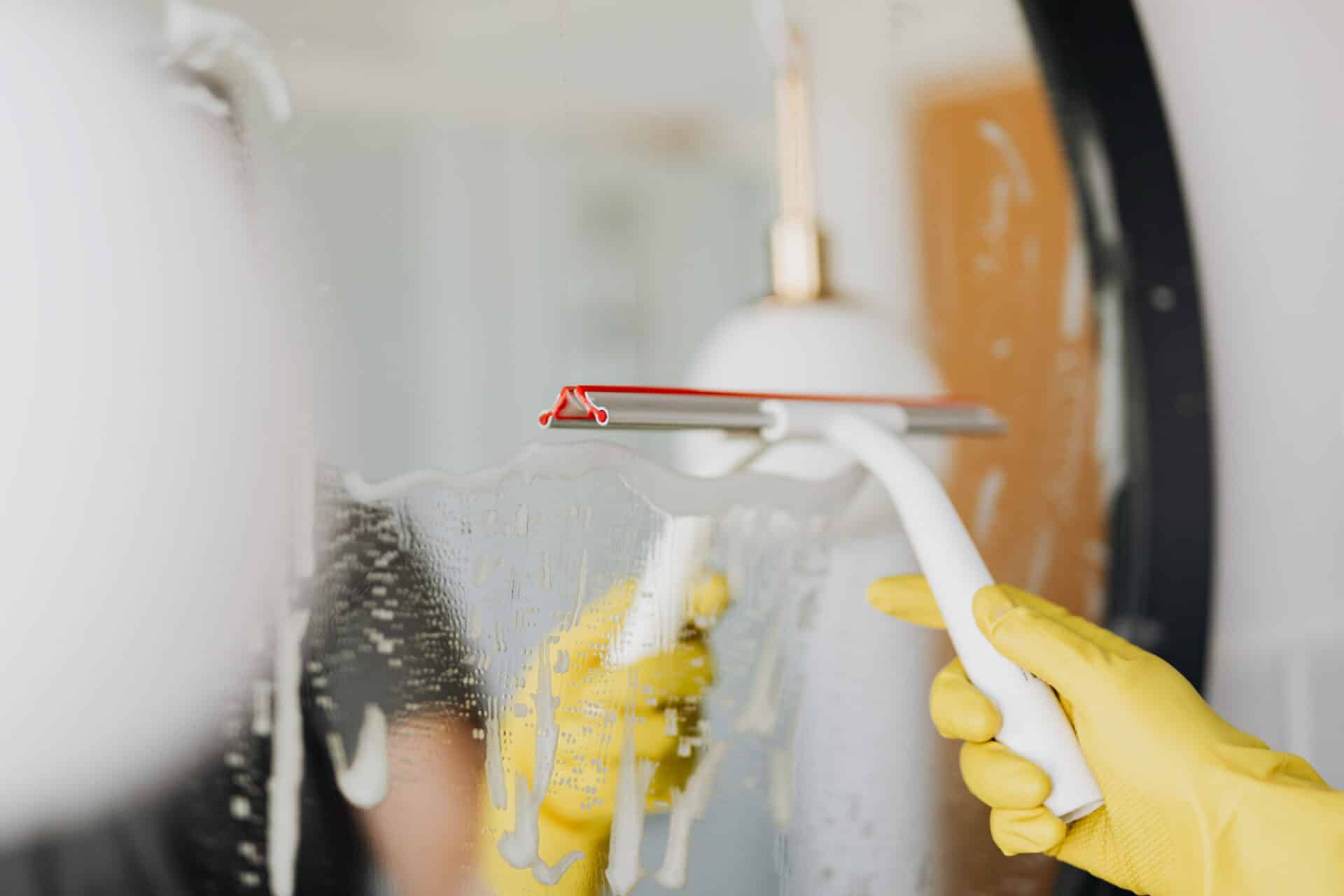Distillation is a process used to purify liquids that involves the boiling and condensation of the liquid. This process has been used for centuries to produce drinking water and for other applications. One of the key questions people have is whether distillation can be used to remove fluoride from water. The short answer is yes, distillation can remove fluoride from water, but it is not always the most effective or efficient method of doing so. In this article, we will discuss how distillation works and how it can be used to remove fluoride from water.Yes, distillation does remove fluoride from water. Distillation is a process in which water is heated to boiling, and then vaporized, leaving the fluoride and other impurities behind. The vapor is then cooled and condensed into liquid form, resulting in purer water that is free of fluoride.
What Is Distillation?
Distillation is a process used to separate components of a liquid mixture by boiling them and then condensing the vapor that is produced. The vapor contains the more volatile components of the mixture, while the less volatile components remain in the liquid form. This process is used in a variety of applications, including water purification, alcohol production, petroleum refining, and food production. In addition to separating liquids, distillation can also be used to separate solids and gases. The process of distillation works by using the differences in the boiling points of the components in a mixture. As the mixture is heated, components with lower boiling points will evaporate first while those with higher boiling points remain in liquid form. The vapor is then cooled and condensed back into liquid form. This condensed liquid contains all of the components that evaporated during distillation.
The most common type of distillation is simple distillation, which uses only one fractionating column or still pot and one condenser to separate two or more liquids with different boiling points. Fractional distillation uses multiple columns or still pots and condensers to separate out multiple components from a complex mixture. Vacuum distillation can also be used when separation needs to occur at low temperatures because it decreases the pressure on the system, allowing for lower temperatures during evaporation.
Distillation can also be used on complex mixtures to extract essential oils or other compounds from plants. This process involves steaming plant material until it breaks down into its various compounds; these are then separated through various forms of distillation. This process allows for an efficient separation of compounds that would otherwise not be possible using traditional methods such as chromatography or filtration.
What Is Fluoride?
Fluoride is a mineral that occurs naturally in many foods and water. It is also used in dental products to help prevent tooth decay. Fluoride helps to strengthen teeth and make them resistant to acid attacks from sugars and bacteria in the mouth. It also helps to remineralize teeth that have been weakened by acid attacks. Fluoride can be found in toothpastes, mouth rinses, gels, varnishes, and fluoride treatments given at the dentist’s office.
Fluoride helps to reduce the amount of acid produced by bacteria in the mouth and helps to repair early signs of tooth decay before cavities form. Studies have shown that when used as directed, fluoride can reduce cavities by 25% or more in children and adults alike. For this reason, it has been recommended by dental professionals for many years as an effective way to maintain good oral health.
In addition to its use in dental products, fluoride is also added to many public drinking water supplies as a way to help prevent tooth decay on a community-wide level. This practice has become more common over the past few decades due to its proven effectiveness at reducing cavities among entire populations of people. The optimal level for fluoride concentration in drinking water is typically between 0.7-1.2 parts per million (ppm).
Advantages of Distillation
Distillation is a process that is used to separate substances from a mixture. It has many advantages over other separation methods, such as filtration and chromatography. The main advantage of distillation is that it can be used to separate a wide variety of substances. Some of these substances include volatile liquids, organic compounds, and liquid mixtures. Additionally, distillation can also be used to purify liquids and remove impurities.
Another advantage of distillation is its simplicity. Unlike other separation techniques, distillation requires minimal equipment and can be performed relatively quickly. This makes it an ideal choice for laboratories and industrial settings where time and resources are limited. Furthermore, distillation requires no additional chemicals or reagents, which makes it a cost-effective choice for many applications.
Finally, the level of purity that can be achieved using distillation is often higher than other separation methods. This makes it an ideal choice for applications where high levels of purity are required, such as in the pharmaceutical industry or when producing food-grade chemicals. Additionally, the process can also be tailored to meet specific requirements for purity levels depending on the application at hand.
Advantages of Distillation
Distillation is a widely used method for separating and purifying liquids. It is a process that involves the boiling of a liquid mixture to separate its components. The process has several advantages. It is a relatively simple and cost-effective process that can be used to separate liquids with different boiling points, such as water and alcohol. By controlling the temperature and pressure, different components can be separated from each other in a very efficient manner. The distillation process also results in a high-purity product because impurities remain behind in the still after the vapor has been condensed. Furthermore, contamination from other substances is minimized because distillation takes place under controlled conditions where temperatures and pressures can be closely monitored.
Disadvantages of Distillation
Despite its many advantages, distillation also has some drawbacks. The main disadvantage is that it requires high amounts of energy for the boiling process, which increases costs significantly. In addition, this energy requirement makes it difficult to scale up the process for large-scale industrial applications. Furthermore, some components can only be partially separated through distillation due to their similar boiling points. Also, certain compounds can decompose during the boiling process due to their instability at high temperatures, which reduces the yield of desired products. Finally, depending on what is being distilled, there may be an environmental cost associated with distilling certain chemicals or materials.
Overall, distillation is an effective method for separating and purifying liquids but it does have some drawbacks that should be taken into consideration when deciding whether or not it is an appropriate method for a particular application.

Distillation
Distillation is a process that is used to separate liquids from solids or other liquids. It works by boiling the mixture and then condensing the vapor into a separate liquid. The vapor is then collected and cooled, resulting in a liquid that is purer than the original mixture. Distillation can be used to purify water, create fuel, and even make alcoholic beverages.
How Does Distillation Work?
Distillation works by first heating up the mixture of liquids and solids until it boils. As the mixture boils, vapor rises off of it and is collected in a separate container. This vapor then cools down and condenses back into liquid form. The result is two separate containers: one containing the liquid that was boiled off, which is purer than the original mixture; and one containing what’s left of the original mixture, which will contain any solid particles or contaminants that weren’t able to evaporate off as part of the vaporized liquid.
The purity of the distilled liquid depends on how much heat was applied to it during distillation. If too much heat is applied, some of the more volatile components in the mixture may evaporate off as part of the vaporized liquid, resulting in an impure distilled product. On the other hand, if not enough heat is applied, some solid particles or contaminants may remain in solution when condensation occurs, resulting in an impure distilled product as well.
Distillation can also be used to separate two liquids with different boiling points from each other. This process involves heating up both liquids until they reach their respective boiling points. The vapors will then rise off each liquid separately and be condensed into two separate containers as described above; this process results in two relatively pure liquids that are free from any solids or contaminants present in either original liquid.
Fluoride and Human Health
Fluoride is a mineral found in soil, water, and some foods. It has been used in public water systems since the 1950s to help reduce tooth decay in children and adults. Fluoride helps prevent cavities by strengthening the enamel on teeth, making it more resistant to acid attacks from plaque bacteria and sugars in the mouth. It also helps reverse early signs of tooth decay. Although fluoride can be beneficial for dental health, too much fluoride can cause health problems.
Excessive consumption of fluoride over a long period of time can lead to a condition known as fluorosis, which is characterized by white spots or streaks on teeth. In severe cases, it can cause the enamel to become pitted and discolored. Fluorosis is usually caused by drinking water with high levels of fluoride over many years or using toothpaste or mouth rinses with too much fluoride.
Too much fluoride can also affect other parts of the body, such as bones and joints. High levels of fluoride intake have been linked to skeletal fluorosis, which causes pain and stiffness in the joints, as well as bone deformities and fractures. The risk of developing skeletal fluorosis increases with age, so it is important for children and adults alike to avoid consuming high amounts of fluoride over long periods of time.
In addition to dental and skeletal problems, excessive exposure to fluoride has been linked to other health issues such as thyroid dysfunction, infertility, endocrine disruption, neurological disorders, and certain types of cancer. Therefore it is important for people to be aware of their local water supply’s fluoride levels and take steps to limit their intake if necessary.
Overall, fluoride plays an important role in promoting dental health when consumed in appropriate amounts. However it is important to be aware of the potential risks associated with excessive exposure so that people can take steps to ensure they are not consuming too much fluoride on a daily basis.
Removing Fluoride Through Distillation
Removing fluoride from drinking water through distillation is a process that can be effective in reducing the amount of this mineral present. Distillation is a process in which water is boiled and the vapor that is released is then condensed back into liquid form. This process removes a variety of contaminants, including fluoride, from the water. The main benefit of removing fluoride through distillation is that it does not add any chemicals to the water, unlike other methods of treatment such as reverse osmosis or activated carbon filtration. Additionally, distillation has been found to be more efficient than other forms of treatment, as it can remove up to 99% of fluoride from drinking water.
However, there are some drawbacks to removing fluoride through distillation. The process requires a significant amount of energy and time and can be cost-prohibitive for some households. Additionally, while distillation can remove most contaminants from drinking water, including fluoride, it cannot guarantee complete removal and may not be suitable for areas with high levels of contamination. Finally, while distillation does remove most minerals from drinking water, it also removes beneficial minerals such as calcium and magnesium which are important for human health.
Overall, while removing fluoride through distillation may be an effective means of reducing the amount of this mineral present in drinking water, there are also some drawbacks that must be considered before using this method for treatment. Therefore, it is important to evaluate all available options before making a decision on the best method for treating drinking water.

Conclusion
In conclusion, distillation does remove fluoride from water. This is because the distillation process involves boiling the water and then condensing the steam. The fluoride is not able to evaporate and therefore remains in the boiling pot, leaving only distilled water in the condenser. Although distillation is effective, it does not offer a complete solution for eliminating fluoride as other contaminants may remain in the distilled water. Therefore, other purification methods should be used to ensure that all contaminants are removed.
Distillation is an effective means of removing fluoride, but it should be combined with other methods such as activated carbon filtration or reverse osmosis to ensure that all contaminants are removed from drinking water. Distillation provides a safe and reliable way of reducing fluoride levels in drinking water, but it should not be used as a sole method for purifying drinking water.

